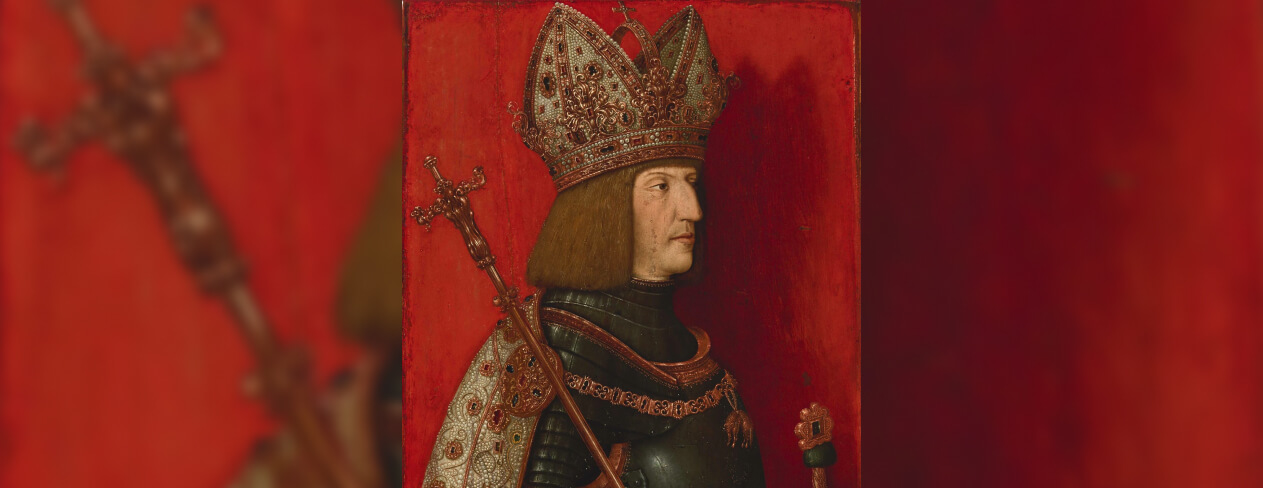
The Holy Roman Emperor Maximilian I was born on 22 March 1459. He was the son of Emperor Frederick III and Eleanor of Portugal, whom I wrote about just a few days ago.
Maximilian’s life and reign fell during the transitional period between the Middle Ages and the Renaissance. His personality reflected the ambiguity of the time (or Zeitgeist, to put it in German). By nature, Maximilian was a true Renaissance man — multi-talented and idealistic, an art lover, a chivalric cavalier, and a man of honour. These traits earned him the renowned nickname The Last Knight, although they occasionally entangled him in surreal ventures, such as schemes to reconquer Constantinople or even become pope.
In domestic politics, he faced significant opposition from the German princes, the Catholic Church, and the imperial cities. In foreign affairs, Maximilian was constantly in financial straits due to his frequent — though not always successful — military campaigns and armed conflicts of various scales. His three marriage alliances, with Mary of Burgundy, Anne of Brittany, and Bianca Maria Sforza, often brought him into confrontation with France, his main rival in the struggle for dominance in Europe.
However, the marriage of his son Philip to Joanna of Castile, and the Hungarian-Bohemian double match between Maximilian’s grandchildren, Ferdinand and Maria, would prove far more fortunate — laying the groundwork for the Habsburgs to rise as one of the world’s great powers.
Access to the Metatext via placing an order for an augmented product. See Terms of Use